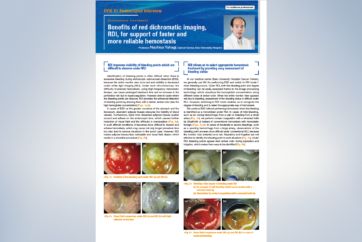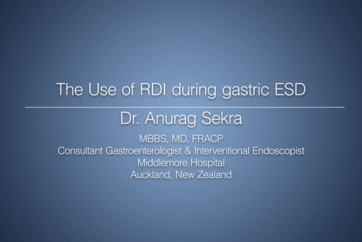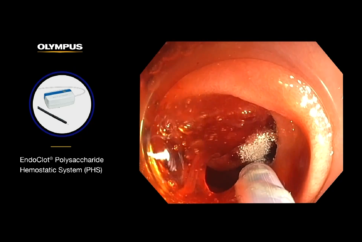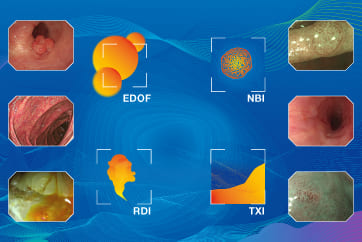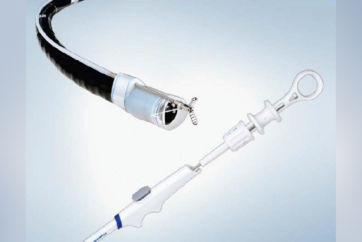Technical Requirements for Esophageal and Colorectal ESD
〈 In the cases of the Shizuoka Cancer Center and the National Cancer Center Hospital 〉
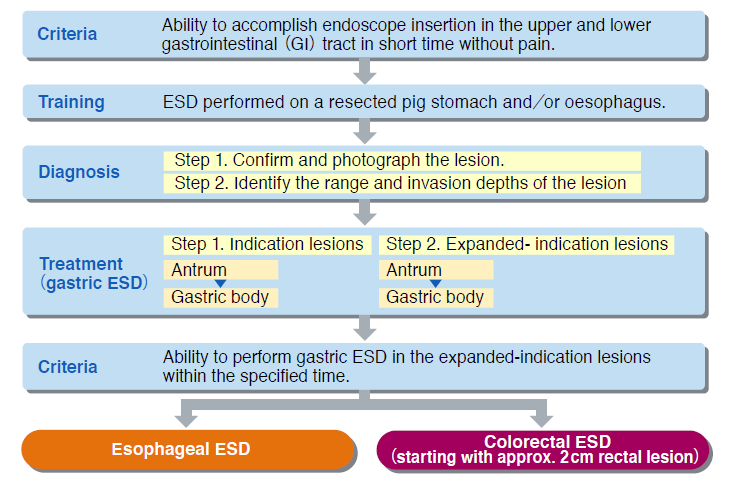
Esophageal ESD(Shizuoka Cancer Center)
In our facility, the resident can only start esophageal ESD after clearing certain conditions.
First, they must master normal endoscope techniques in the upper GI and insertion technique of the endoscope in lower GI tract. The endoscope must be inserted within 5 minutes without causing pain. In addition, accurate identification of the lesion range and invasion depth is essential. For training, residents practice ESD once or twice with pig organs. After this, they will start to perform clinical ESD. They start with indicating lesions in the antrum and gastric body and then gradually progress to expanded-indication lesions in the antrum and gastric body. When the resident becomes capable of removing these lesions within 40 minutes they can proceed to esophageal and colorectal ESD.
I recommend the basic manipulation techniques of ITknife in the stomach are mastered and I believe that anyone can start to perform ESD once they are well trained. Some countries do not have many ESD cases in the stomach. For doctors in these areas, visiting facilities in Japan that have a high volume of gastric ESD and devoted training can help accelerate their skills in performing ESD.
Dr. Hiroyuki Ono
Colorectal ESD(National Cancer Center Hospital)
In general, the minimum requirements for colorectal ESD are smooth colonoscope insertion, accurate observation and EMR. After this, residents start to experience a certain amount of gastric ESD. Experiencing approx. 20 cases of gastric ESD is considered to be the point where we see the residents prepared for colorectal ESD. If the resident has some skills in colonoscopy and can perform gastric ESD, we allow them to start from the rectum. ESD in the rectum is less difficult than the colon as it is relatively easy to control the endoscope and the risk of perforation is lower. To perform a safe ESD in the colon, you must be able to control the endoscope completely while fixing its position. A more accurate control of the endoscope is required in the colon compared to the stomach as it can easily perforate. If gastric ESD is difficult to experience, I recommend using pig organs for training. Pig esophagus is very similar to human colon so it can be used to practice ESD and manipulation of the ITknife nano. For a first clinical case, I recommend you to start from a 2cm lesion in the rectum. Start from performing partial submucosal dissection. Only perform complete dissection after gaining experience and confidence in partial dissection to minimize the risk of perforation and complications. For lesions approx. 2-3cm, Hybrid method can also be performed which involves snare resection. Gradually advancing from partial to complete dissection will support you in performing colorectal ESD more securely.
Dr. Yutaka Saito
- Content Type

